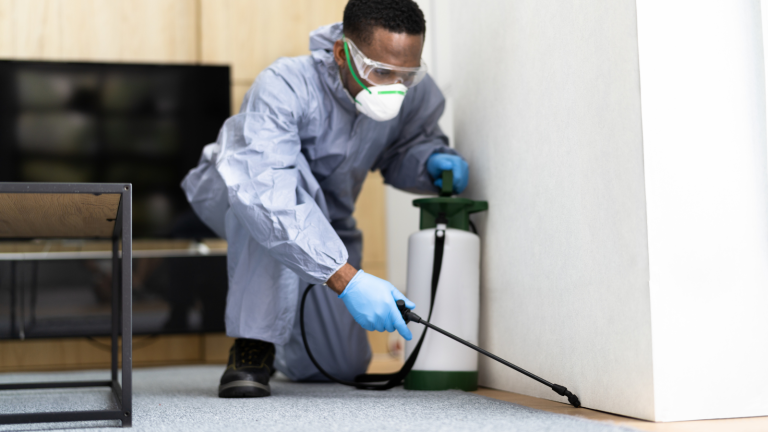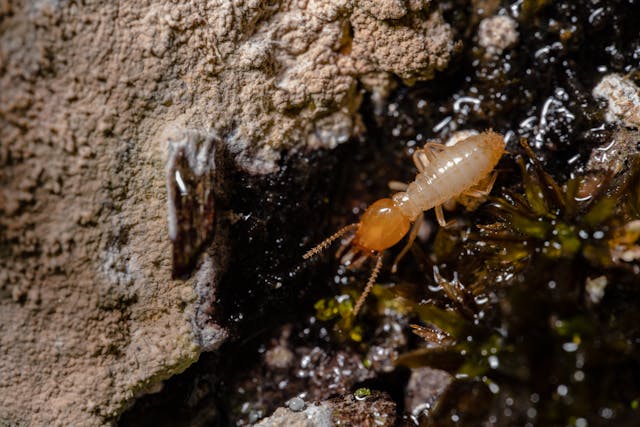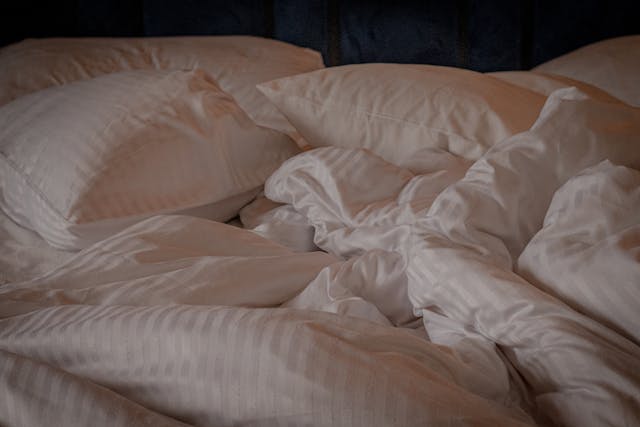Bed bugs, small insects that feed on blood, are a big problem for homes and businesses. Even with better pest control methods, these tough bugs are still hard to eliminate and often need strong treatments. Heat treatment has become a popular and effective way to fight them. This piece will examine the financial effects of bed bugs and how heat treatments help get rid of them.
Escondido Pest Control has been a full-service residential and commercial pest control provider in the Escondido community for over a decade. As a locally owned and well-established company, we pride ourselves on delivering top-notch and timely exterminator services. Contact us now!
The Economic Toll of Bed Bug Infestations
Having bed bugs can result in significant economic consequences. For households, these costs may encompass:
- Professional Extermination Services: Conventional approaches frequently demand multiple sessions, increasing expenses.
- Replacement of Infested Items: Furniture, mattresses, and personal belongings might necessitate replacement.
- Temporary Relocation: Families may have to seek alternative accommodations during treatment, leading to extra costs.
- Medical Expenses: Allergic reactions and secondary infection from bites might require medical intervention.
- Businesses encounter even more formidable obstacles:
- Revenue Loss: Hotels, apartments, and other lodging establishments might experience a decline in clientele and confront legal liabilities.
- Reputation Deterioration: Infestations can trigger unfavorable reviews and harm a company’s standing.
- Operational Interruptions: Offices, retail outlets, and other enterprises may suspend operations temporarily, impacting efficiency and income.
Why Are Bed Bugs Still Alive After Heat Treatment?
One of the frustrating aspects of bed bug eradication is the possibility that some bed bugs might survive even after heat treatment. There are several reasons for this resilience:
- Insufficient Heat Penetration: Some bed bugs may survive if the heat does not reach the required temperature throughout the entire space.
- Improper Preparation: Items that provide insulation, like heavy blankets or thick mattresses, can shield bed bugs from lethal temperatures.
- Reinfestation: Bed bugs can re-enter a treated area from adjacent units or through visitors, leading to new infestations.
What is the Heat Treatment Process?
Heat treatment for bed bugs entails elevating an infested area’s temperature to lethal levels for these pests. The typical process includes:
- Preparation: The area is prepared by removing heat-sensitive items and ensuring adequate air circulation.
- Heat Application: Industrial heaters are used to increase the temperature of the space to approximately 120-135°F (49-57°C).
- Monitoring: Technicians employ sensors and monitors to ensure the even distribution of heat and maintain the required temperature for several hours.
- Cooling Down: After the necessary time, the area is gradually cooled to prevent damage to belongings and ensure safety.
What Is the Price of Bed Bug Heat Treatment?
The price of heat treatment for bed bugs can differ based on a number of variables, including the area’s size, the infestation’s severity, and the location.
Homeowners may typically anticipate spending between $1,000 and $3,000 for a thorough heat treatment. The cost can be considerably higher for businesses, particularly those with larger spaces or multiple units. However, it’s essential to view this as an investment in eliminating bed bugs and avoiding future expenses related to recurring infestations.
How Does Pest Control Eliminate Bed Bugs with Thermal Processing?
Heat treatment is a useful technique for getting rid of bed bugs due to their sensitivity to high temperatures. Here’s a step-by-step explanation of how pest control professionals use this technique to eliminate these pests:
1. Targeted Heating: Specialized equipment generates and disperses heat throughout the infested area, ensuring that all spaces, including cracks and crevices where bed bugs hide, reach lethal temperatures.
2. Lethal Temperature: Bed bugs, including their eggs, cannot survive temperatures above 113°F (45°C) for more than 90 minutes. Heat treatment typically aims for higher temperatures (120-135°F) to ensure thorough eradication.
3. Extended Exposure: The infested area is maintained at the target temperature for several hours. This prolonged exposure guarantees that bed bugs are eliminated at all life stages, from eggs to adults.
4. Monitoring and Adjustment: Technicians continuously monitor the temperature and adjust equipment to maintain consistent heat distribution, ensuring no cold spots remain where bed bugs can survive.
Conclusion
Bed bug infestations can be costly for both homes and businesses. Expenses include treatment fees, replacement of infested items, financial losses, and reputation damage. Heat treatments are a powerful solution, utilizing high temperatures to exterminate these pests.
However, for heat treatment to be fully effective, it must be meticulously executed. Proper preparation, consistent heating, and professional expertise are crucial. While the initial cost may be high, the long-term benefits—such as peace of mind, protection of belongings, and prevention of future infestations—make it worthwhile.
Heat treatment is an excellent option for combating bed bugs, as it avoids chemicals and ensures thorough extermination. By understanding and employing effective methods like this, we can mitigate the financial and emotional toll of bed bug infestations, fostering healthier and happier homes and workplaces.





